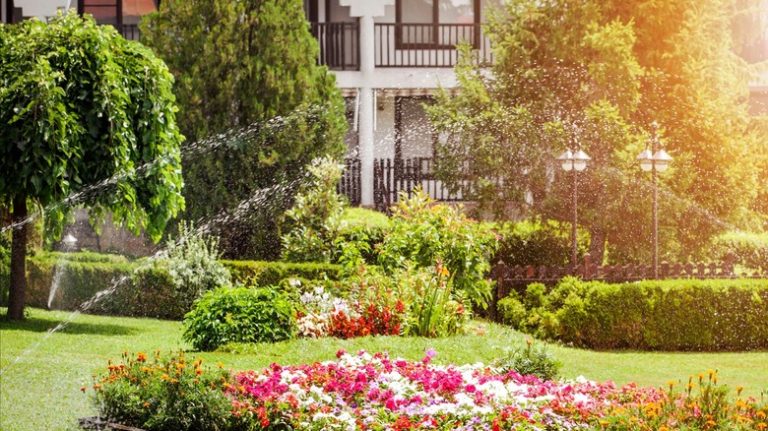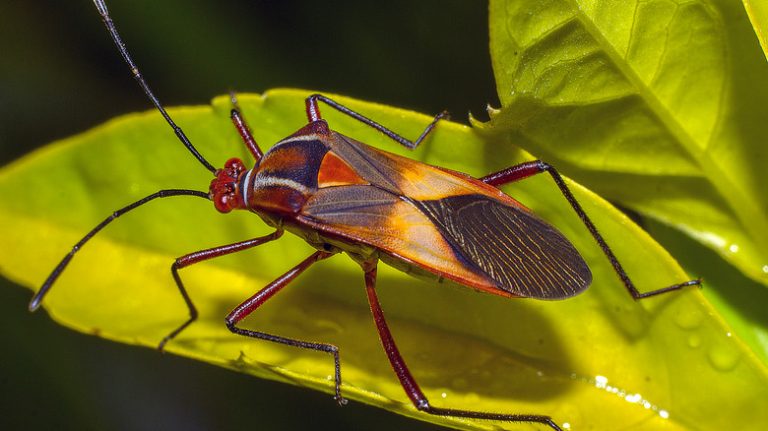If you’re looking for ways to decorate with pink pampas grass (Cortaderia selloana ‘Rosea’), you’re sure to find inspired ideas plastered over Pinterest boards and Etsy shop pages. It dries well, and there’s no denying it looks cute as it can be displayed in a small vase on a shelf or as part of a larger installation fanning up from the floor. Because it looks so great inside your home, you may be thinking these delightful pink plumes represent the exact touch of whimsy you’ve been hoping to bring to your outdoor landscape as well.
Unfortunately, in this case, you’d be wrong. It may be hard to believe, but for many people, pink pampas grass is not celebrated for its visual appeal. Instead, it is loathed as a difficult-to-overcome nuisance. Free-growing pampas grass is such a headache that, back in 2009, The San Diego Union-Tribune reported on a group of volunteers in Encinitas, CA, who launched an information campaign in the hopes of educating residents of the disadvantages of it so they would stop planting it.
What exactly is it that makes this interior decorator favorite so offensive to gardeners, landscapers, and homeowners? House Digest did the digging so you could get the dirt, and it turns out there are two significant reasons to think twice and steer clear of planting this one anywhere near your yard.
Pink pampas grass is an invasive and undesirable species
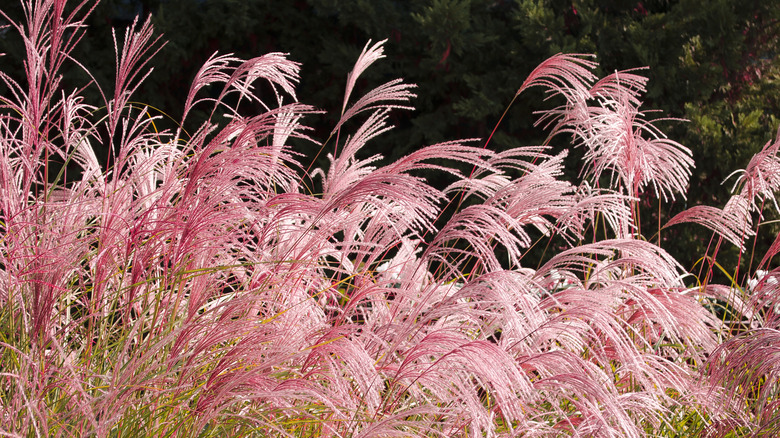
For starters, pampas grass is included in the Global Invasive Species Database. Wherever you decide to grow it, this plant is well known for its ability to adapt to all sorts of soils while withstanding extreme weather conditions from drought to frost to nonstop harsh sun. This may sound great to a novice gardener, but it will quickly turn into wreaking havoc. According to the California Department of Fish and Wildlife (CDFW), a single plant will produce and spread millions of seeds. Not only does it grow at a staggering rate, but it then causes harm to native species when it leeches nutrients from the soil, takes over too much space, and demands first dibs on available sunlight.
Environmental Science explains that a major negative impact of invasive plant species is that they can destroy the habitats of native plants, which goes on to affect the animals accustomed to living there. Pampas grass, specifically, creates an undesirable environment unfit for habitation. The sharply serrated leaves do not make for quality sustenance nor create a comfortable place to find shelter. In fact, the razor-like leaf blades can actually hurt any unlucky wildlife who chooses to check it out, notes the CDFW.
Passing on the pampas does not have to mean a landscape devoid of tall grasses. Other options include giant wild rye (Elymus condensatus), which will attract birds to your yard rather than encourage them to fly right by (via Nature Collective).
Pink pampas grass is a serious fire hazard
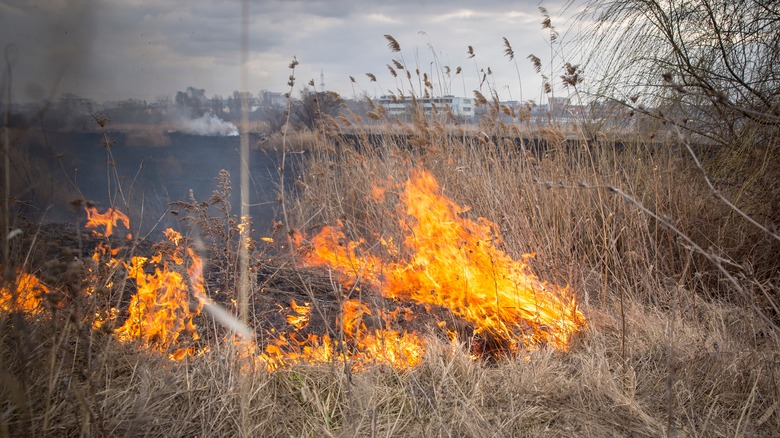
Regardless of its potential to dominate your entire landscape over the course of a single season, the most important reason to avoid planting pink pampas grass is that it is a serious fire hazard. According to Laidback Gardener, the large clumps of grass are highly flammable, and the NSW Government’s Department of Primary Industries agrees. This is obviously an issue in hot and dry environments because it could significantly contribute to threats and/or spreading of wildfires, but the Laidback Gardener goes on to say it’s also dangerous to keep the dried flower heads on display indoors.
Some people think intentionally burning the grass will be a good way to get rid of it, but Our Grass Plants points out that this could actually lead to larger issues with fires that will only get more and more difficult to control. Still thinking about planting pampas grass in your yard? At the very least, be sure to keep it far away from the house and any other flammable structures. Also, take care to keep it as managed and contained as possible.
How to remove pink pampas grass
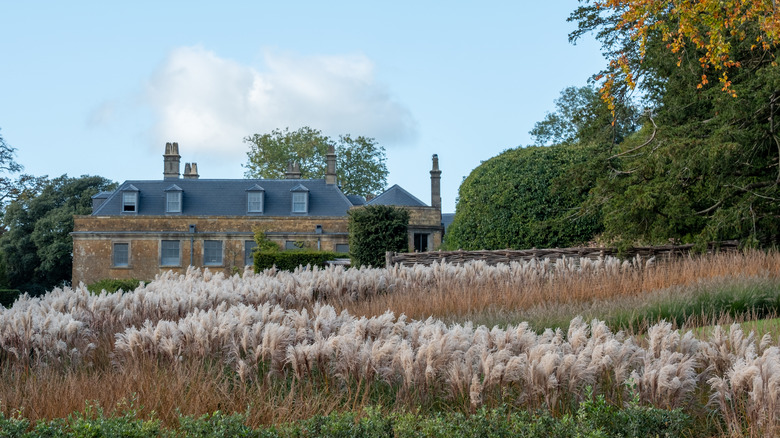
Lois GoBe/Shutterstock
If you’re glancing out your kitchen window and suddenly realizing you’ve got quite the fire hazard planted out there, then your next thought will likely be along the lines of how you can get rid of it. More than a decade ago, when the Encinitas campaign was launched, guidance for the removal of pampas grass focused on killing the plants by pruning them below the seed pods and spraying them with glyphosate herbicide (via The San Diego Union-Tribune). Since then, not much has changed.
Due to the sharp edges of the leaves, cutting back the grass can cause bodily harm and injury. Our Grass Plants notes that burning it is not a permanent solution, and again it’s a particularly dangerous option if you live in a region prone to wildfires or even just an area that has experienced a short period of moderate drought. Among the best ways to get rid of pampas grass are carefully cutting it back and destroying all cuttings, digging out entire root balls, and spraying everything with an herbicide, says the NSW Government’s Department of Primary Industries. The site also notes that you will likely need to follow up with another round of removal three to six months after your first attempt.
Patience and persistence are paramount in the eradication of pink pampas grass. However, when it comes down to it, this is a process that can take years and may ultimately require the help of professionals.


